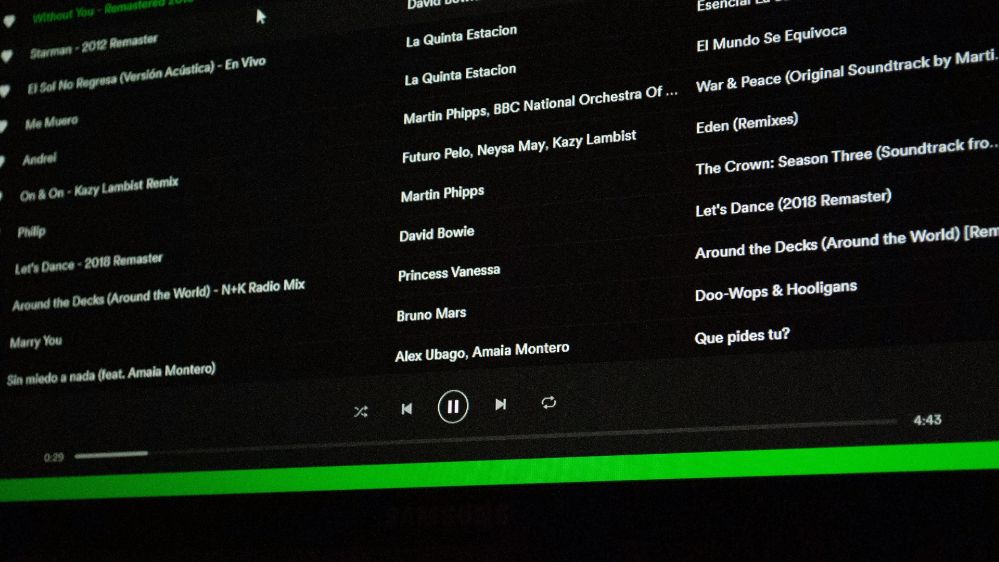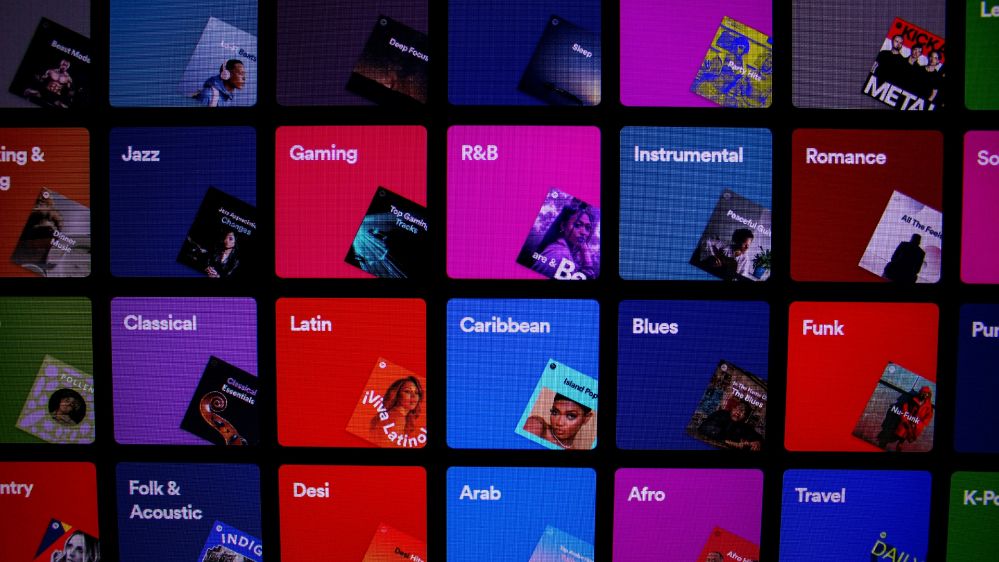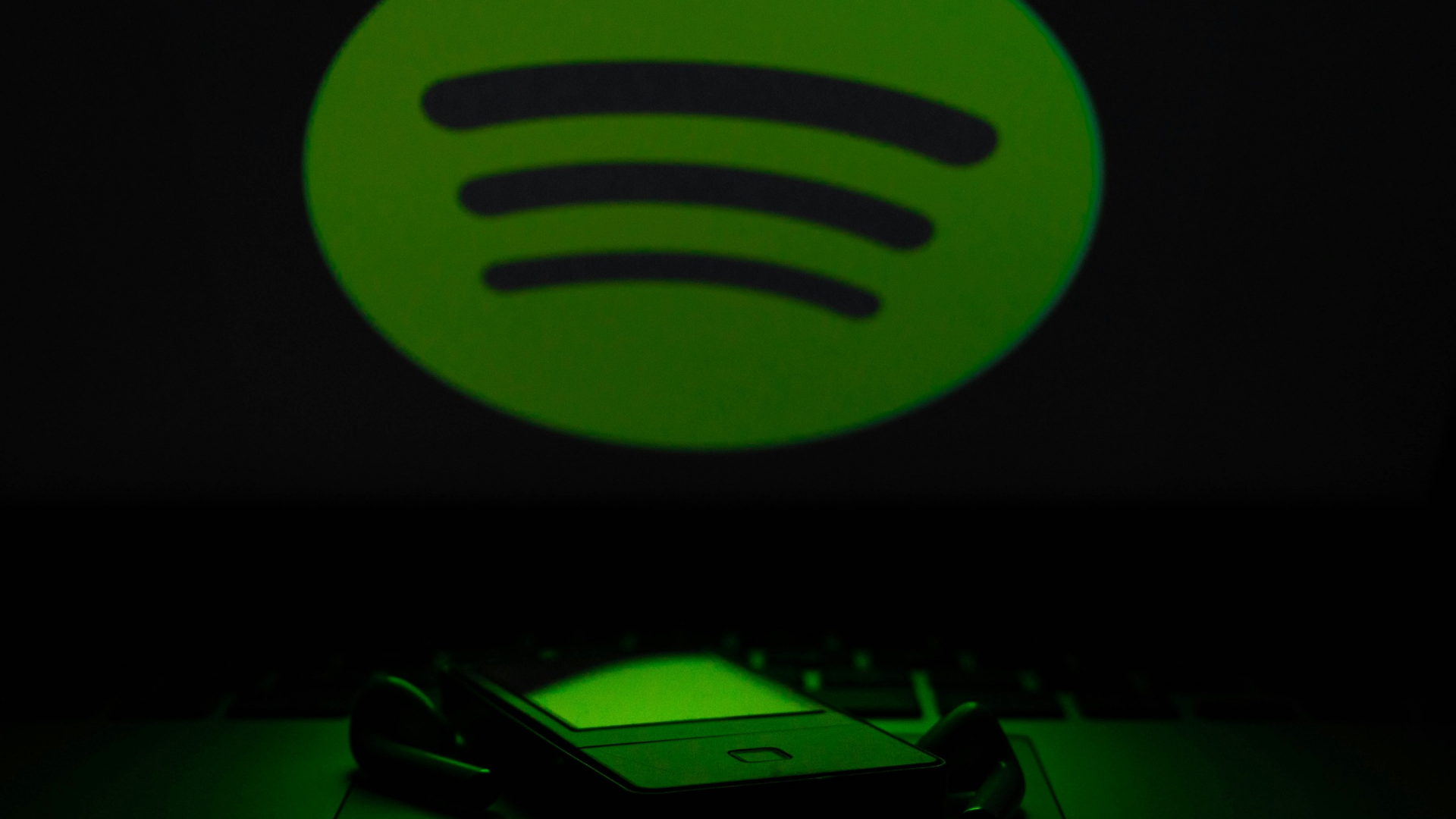The Swedish audio streaming platform, Spotify was launched in 2008. It is currently one of the biggest music streaming platforms with over 615 million monthly active users, including 239 million paying subscribers.
It also hosts more than 100 million songs and six million podcast titles from the biggest industry labels to independent artists. This makes it the Mecca of discovering new music and audio content, that you might have never even heard about.
However, the Spotify experience is diminishing in 2024. The once well-designed, efficient, and enjoyable platform is now becoming messy for many people. Although this change began over the past few years, its impact is greatly evident now.
From AI integration to anonymous artists and frequently changing UI and UX systems, the streaming platform is going through a lot. Let’s take a closer look at what exactly happens with Spotify and its effects on your listening experience.
How Spotify algorithm work?

Spotify has an intricate algorithm that suggests music and artists to its users based on their activities. The exact system behind these suggestions, which appear in each user’s Discover Weekly, Blend, Daylist, and other specially curated playlists, is difficult to determine.
It usually appears to work for many because, in the simplest terms, the app tracks people’s listening habits. For example, listeners who like X also enjoy Z, and thus, they will recommend it to other X and Z listeners.
Despite this, many netizens felt confused and suspicious when Billie Eilish’s latest track, “Lunch,” kept appearing in various playlists due to autoplay. Sabrina Carpenter’s “Espresso” and Charlie XCX’s “360” have also been criticized for the same reason.
A simple explanation for these could be that these songs are trending on other social media platforms, and that has resulted in many people searching for them on Spotify, which has led algorithms to add them to more playlists.
However, the algorithm does push forward certain content, such as Joe Rogan’s podcast, because the streaming company has signed a lucrative deal with him.
How anonymous artists are winning the algorithm?
Julie Knibbe, founder & CEO of Music Tomorrow, which aims to help artists connect with more listeners by helping them understand how algorithms work, shared her opinions about algorithms and AI with CNBC.
She said that everyone is trying to meaningfully balance familiarity and novelty, and everyone’s leaning on AI algorithms to help make this possible.
Knibbe continues that AI is particularly helpful for casual listeners whose main aim of Spotify usage is to create a “comfortable background” to their daily lives.
This brings us to the fame of anonymous artists, who have managed to seep into thousands of playlists and are making more royalties than other well-known artists.
A great example of this phenomenon is Swedish composer Johan Röhr, who generated 15 billion streams, surpassing Michael Jackson and Elton John.
Röhr used the algorithm in his favor by publishing his instrumental compositions through over 600 pseudonyms, including Ralph Kaler, Sherry Novak, Joseph Turley, and Miu Hayashi, among other identities. This strategy allowed him to appear in over 144 playlists with over 62 million followers.
What is the reason behind the Spotify changes?

The main cause of Spotify’s recent changes is revenue. Unlike its competitors, the music streaming platform doesn’t rely on other businesses to gain profits.
This has led to recent layoffs and limitations in its royalties distribution. It has also led to the platform promoting its content by adding it to users’ algorithms and multiple UI/UX changes, such as the inclusion of short-form videos similar to TikTok.
When these changes accumulate, they directly affect users’ music streaming experience. People keep coming across the same songs, and they have to spend a longer time finding their jam and discovering new music.
Conclusion
Spotify’s algorithm-driven content curation and AI integration have significantly altered the user experience. While it has allowed anonymous artists to flourish and introduced new forms of engagement, it has also led to repetitive playlists and a cluttered interface.
As Spotify navigates these changes, the challenge of balancing revenue needs with maintaining a user-friendly platform that continues to delight its diverse audience will continue to grow.




Go with the flow@kairavi pandya
Pingback: Bia Joins 2024 Hip-Hop Trend with a Cardi B Diss Track
Pingback: 5 Popular Reality Show Stars Who Died in 2024